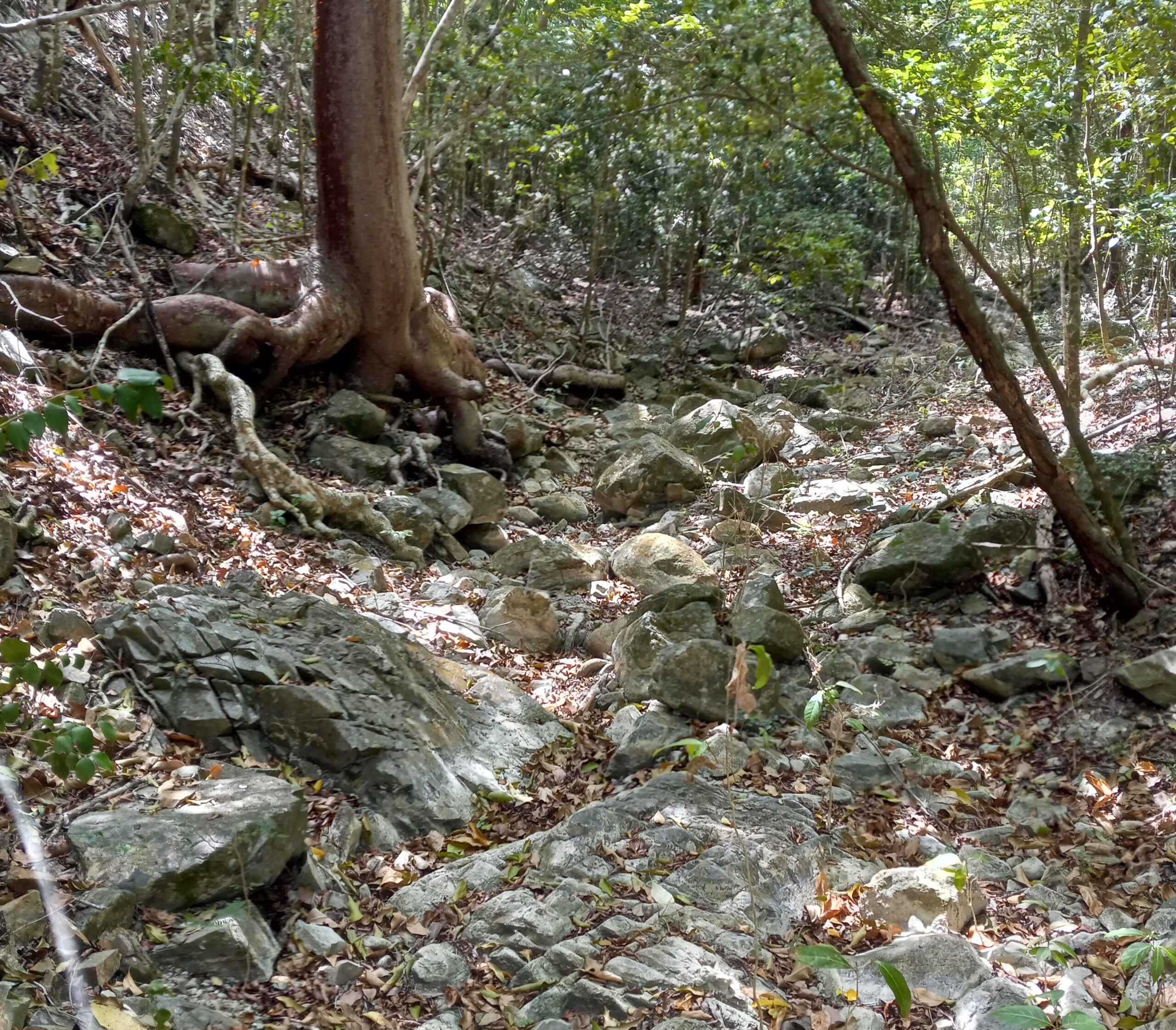
According to the late naturalist George A. Seaman, “The old people said that May spelled backwards gave us yam, and that this lovely month was the time to plant this starchy root, since it matured below the ground.” On the other hand, if rain didn’t come in the ending of April or May, a tannia plant without water could end up being a belly full of hot air. Believe me, it might be wise for us to listen to older people’s sayings who survived on a small island because of manna from heaven that had the weather close to their bones.
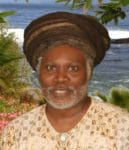
It is still dry, and we have not yet gotten even a substandard amount of rain this year. I am not talking about a shower of rain. I am talking days of rain where the streams are flowing to the sea. Historically, the first wet season for rain is May. In other words, the maximum rainfall occurs in May and from August to November is our rainy season, which is during the high peak of the hurricane season. Whereas, from February to March is the minimum rainfall we receive.
However, this is what Christian Georg Andreas Oldendorp — a Moravian missionary who visited the Danish West Indies from 1767 to 1768 — said when he had written about slaves’ lives and the weather some 256 years ago. Regarding weather in the Danish West Indies, there are two seasons: the dry season and the rainy season. The dry season lasts from December until May, although it does rain sometimes in December and January. In the following months, however, the dry weather is persistent, Oldendorp concluded.
According to Oldendorp, the rainy season in the Danish West Indies was divided into a major and a minor rainy season. He noted, “The latter lasts from May until toward the end of the month of June; the former from July until the end of November. Yet it should not be concluded that it rains constantly in the rainy period. It does rain often and hard, almost once every day; however, it lasts for only a few hours.”
At times, however, it can rain for days. There is another point Oldendorp mentioned in his writing about the Danish West Indies when it came to rain falling on the islands. Oldendorp said, “There is more local than island-wide rain, with the result that one plantation can be completely drenched with rainfall while a neighboring one remains quite dry.” That rainfall pattern still exists today where we all can testify that one part of the island got rain and the other side is dry.
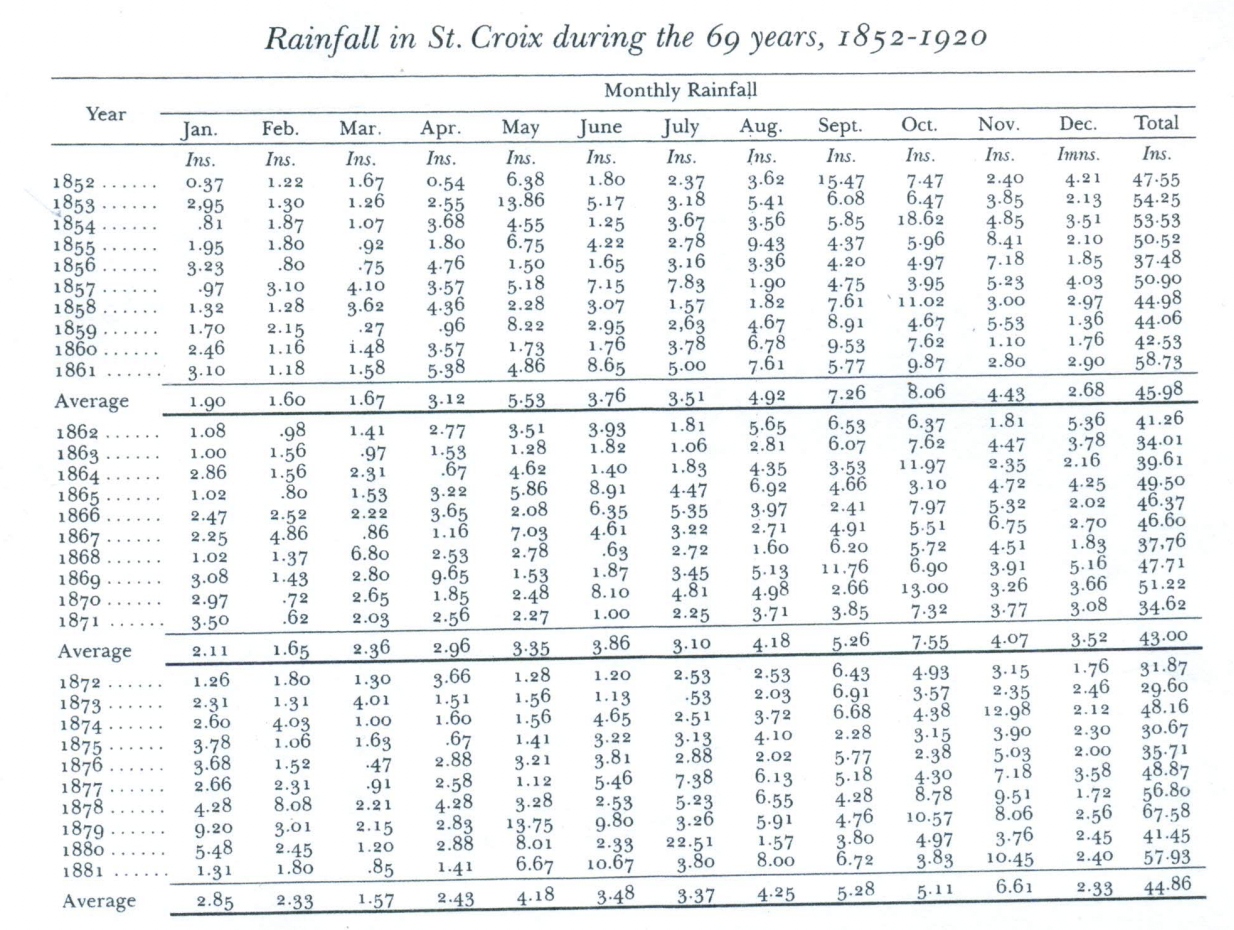
A few weeks ago, I was forwarded a document titled “Got Guts? The Iconic Streams of the U.S. Virgin Islands and the Law’s Ephemeral Edge.” Jesse Reiblich and Thomas T. Ankersen, from the University of Florida Levin College of Law and the University of Rhode Island, conducted the research and put the document together about guts of the Virgin Islands and the legal status of who is responsible for managing these valuable natural and cultural resources.
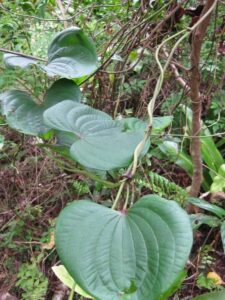
The document has 118 pages attempting to unravel the legal status of guts in the Virgin Islands. It attempts to explain what a gut is. Also, why guts are important and the threat guts face by the impact of humans. The document also examines the legal framework of the Virgin Islands unique legal history, the legal system of today, and existing references about guts in the Virgin Islands Code. It mentions how the Virgin Islands court system might handle settlement of disputes over the legal status of guts.
These disputes come under the Virgin Islands territorial laws as well as within the framework of the Danish law, particularly how the Danes might govern rights that existed before the islands were transferred to the United States in 1917. The document also notes how other jurisdictions, which include the federal government, have addressed issues relating to regulation of intermittent and ephemeral streams.And finally, the document offers the Virgin Islands government recommendations for how to strengthen the legal system framework regarding guts in the islands.
I will describe in a series of articles moving forward how important guts are in the Virgin Islands — naturally, culturally, and historically — and the impact of humans on these resources, both environmentally and economically. In the Virgin Islands Code, guts are defined as any “natural or constructed waterway or any permanent or intermittent stream.” Another meaning for “gut” in geography is a small creek. There are also places in the northeastern United States as well as in Jamaica and the West Indies that use the term “gut.”
For instance, there is Ash Gut in Delaware and other streams down into the West Indies, such as Sandy Gut in Jamaica, Bens Gut River, White Gut River, and many other streams of the Dutch and British West Indies. Another definition for gut might be a narrow coastal body of water, or a channel that is usually subject to strong tidal currents flowing back and forth. Nevertheless, the origins of the word “gut” or “ghats” is unclear. However, the term gut, according to one source by GARDNER ET Al., WATERCOURSES supra, “describe[s] mountain passes in India, and ‘gutters’ from medieval Europe.”
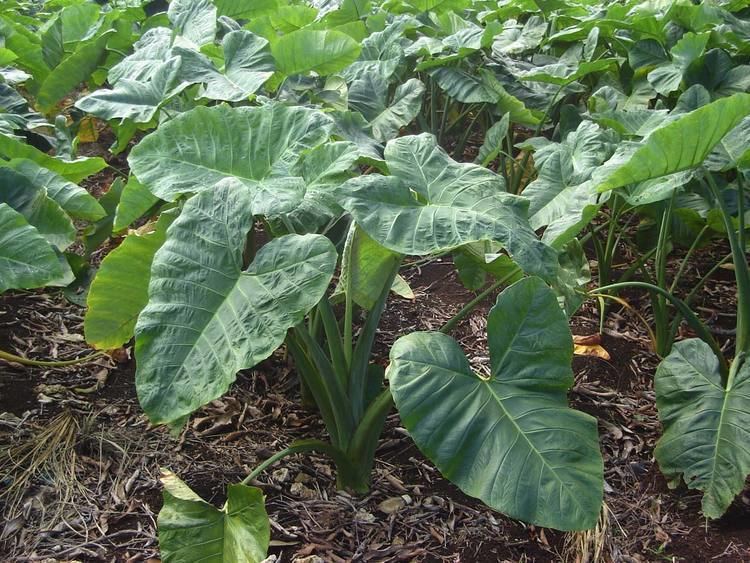
Ultimately, to understand guts, you must have some knowledge of the island’s natural world, the pre-Columbian period, and the colonial history of guts, rivers, and streams in the Virgin Islands. I will leave you with these provoking thoughts! The old people of the Virgin Islands used to say whenever it rained on New Year’s Day, it would be a dry year. Did it rain on New Year’s Day of 2023?
— Olasee Davis is a bush professor who lectures and writes about the culture, history, ecology and environment of the Virgin Islands when he is not leading hiking tours of the wild places and spaces of St. Croix and beyond.





